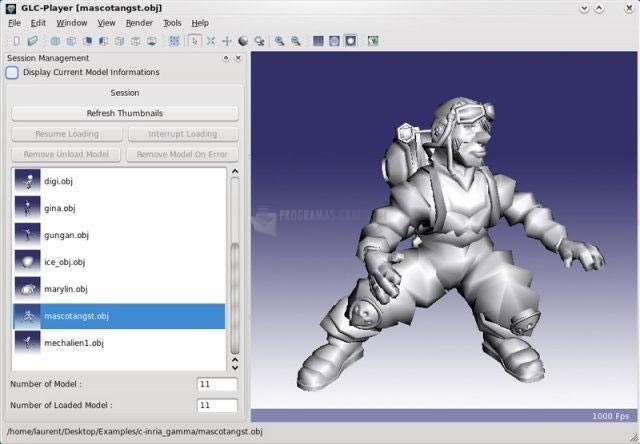

The role of the glycolytic enzyme enolase in the degradosome is not fully understood however, it is required for a proper response to phosphosugar stress, perhaps indicating that it has a regulatory role ( 37).

Other DEAD-box helicases, such as RhlE, SrmB, and CsdA, have also been reported to interact with the degradosome, although at a site distinct from the RhlB docking site ( 23, 40). The ATP-dependent helicase RhlB unwinds complex secondary structures, perhaps to facilitate exonucleolytic degradation by PNPase ( 10, 16, 43). The C-terminal domain of RNase E serves as a scaffold for proteins of the degradosome ( 8, 9, 48). The degradosome, a multiprotein complex involved in RNA degradation, is composed of four core components-RNase E, PNPase, RhlB, and enolase ( 11, 31, 42, 43). RNA degradation in vivo is not completely understood however, one of the key players in this process is the RNA degradosome. Polyadenylation of mRNAs has been shown in vitro to stimulate mRNA degradation ( 2). PNPase is a reversible enzyme, as it has a 3′ → 5′ exoribonuclease activity and a 5′ → 3′ template-independent poly(A) polymerase activity ( 19, 34, 47). A second enzyme involved in the polyadenylation of RNA species is polynucleotide phosphorylase (PNPase) ( 34). It was recently shown that ∼90% of transcripts are polyadenylated in exponentially growing cells, demonstrating that polyadenylation is a frequent and fundamental process ( 33). PAP I requires the RNA chaperone Hfq for efficient recognition of RNA substrates that contain 3′ hairpin structures but not for unstructured RNA products ( 35). Poly(A) polymerase I (PAP I) catalyzes the addition of poly(A) tails onto the 3′ ends of RNA molecules, which ultimately facilitates their destruction ( 25, 32, 39). Polyadenylation in Escherichia coli is important for proper RNA metabolism and, therefore, proper gene expression. Moreover, we demonstrate that the majority of these PAP I interactions are formed via protein-protein interactions and that SprE plays an important role in the maintenance of the PAP I-degradosome association during stationary phase. We provide the first in vivo evidence that PAP I interacts with the mRNA degradosome during both exponential and stationary phases and find that the degradosome can contain up to 10 different proteins under certain conditions. Specifically, we used cryogenic cell lysis, immunopurifications on magnetic beads, and mass spectrometry to identify interacting partners of PAP I-green fluorescent protein. In the work presented herein, we used a targeted proteomic approach to further investigate SprE's involvement in the polyadenylation pathway. Recently, it was discovered that the stationary-phase regulatory protein SprE (RssB) has a second function in the control of polyadenylation that is distinct from its known function in the regulated proteolysis of RpoS. Polyadenylation is believed to facilitate the destruction of such RNAs by the mRNA degradosome. Poly(A) polymerase I (PAP I) is the enzyme responsible for the addition of poly(A) tails onto RNA molecules in Escherichia coli.


 0 kommentar(er)
0 kommentar(er)
